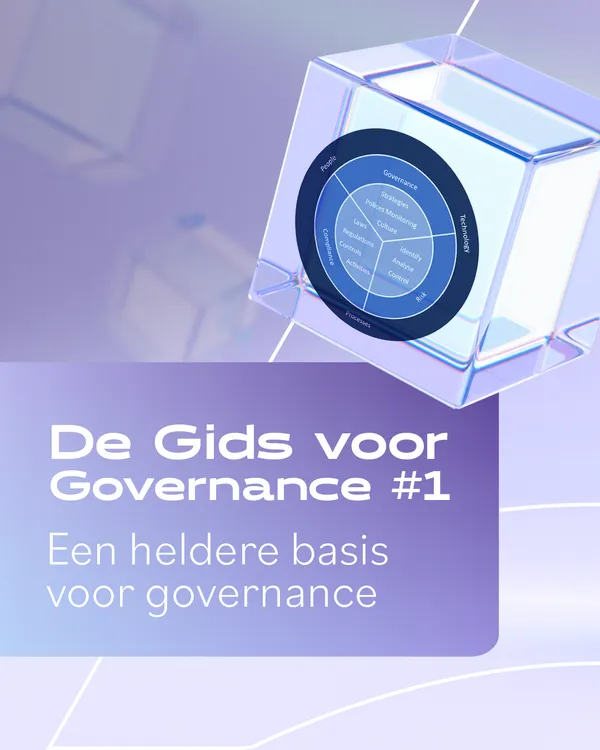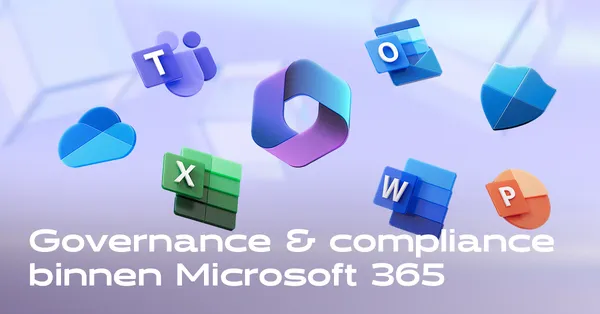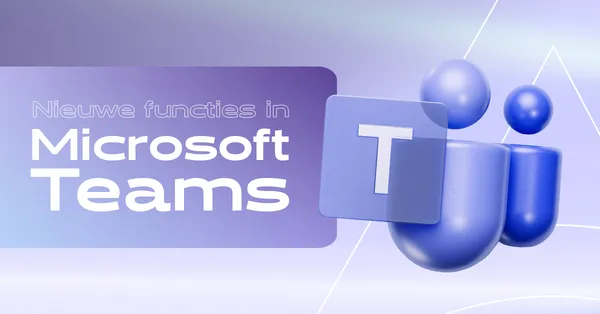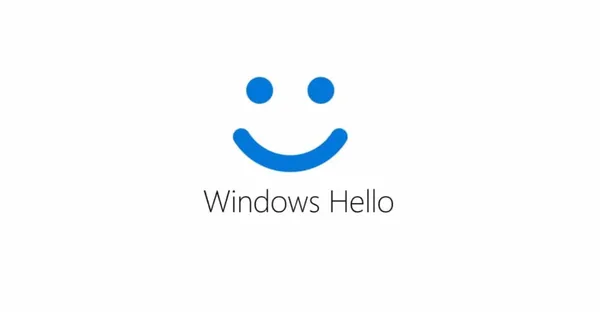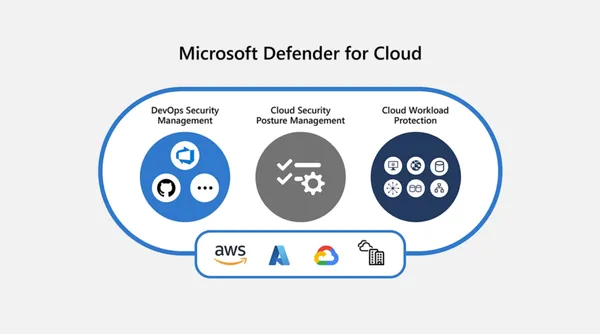
Knowledge base
November 06, 2022
Top 10 rules for great PowerPoint presentations
Presentations have been an essential business tool since Microsoft first bundled PowerPoint in its MS Office Suite in 1990. (Fun fact – PowerPoint was originally Apple Macintosh only.) So why is it that more than 30 years later, companies and IR teams are still struggling to create engaging and informative “decks”?
Part of the problem is the ease with which team members can create and edit presentations. Presentations are passed around for “input” from the technologists, geologists, IR professionals, compliance officers and then the C-suite, with everyone tweaking the content and making helpful suggestions. Everyone has different priorities and concepts of what information is important to convey, and the result may be a horse built by committee.
Presentations have layers built up over time through edits and additions, adding pages and new bullet points rather than being reconsidered and rewritten. Eventually they get bogged down in too much or old data, or lose focus. Deciding what to leave out of a presentation is just as important as what to leave in it places. Keep it to 20 slides or less. For everything you do new, get something old out of it.
Planning a presentation begins with the message. Too few companies ask the two basic questions, “Who is our audience and what is our message?” The audience is very different in a technical briefing than in an investor road show. A geologist or technologist may enjoy going through 40 pages of data, but a wealthy prospect is already thinking of the next person waiting in the lobby looking for funding.
A handy and simple trick that almost no one uses is to see areal person flipping through your deck. Anyone who has ever had a pitch meeting with a new prospect knows that the first thing they do is quickly flip through your printed presentation. Next time, pay close attention to which slides they look for first and which ones they linger on while you talk. That is the content that is most important to them. Let that guide your next operation. It doesn’t matter what you think is the most important part of your message. Be guided by what your audience cares about. Go up and strengthen those pages.
Your message should begin with a summary or “call-to-action”-page at the front. Too many companies put it at the end. It is your elevator pitch to get the attention of a jaded investor looking for a reason to fund or reject. All that follows supports the summary. It’s the hook, so remember to put your best foot forward. Order your slides to lead with your strengths, whether it’s the team, project, recent discoveries, sales or market opportunity. Follow up with more detailed slides to zoom in or provide background information.
There are literally thousands of websites that tell you the technical rules for making better presentations. Here are some of the most obvious but often ignored mistakes that separate good presentations from bad ones:
- Do not use dark backgrounds with white text. People still print presentations – whether to read offline or to circulate at trade shows or meetings (remember?). Dark pages are hard to read and no one will thank you for using up all their ink.
- Keep fonts simple and only two sizes – title and text. Disable PowerPoint’s “automatically adjust the font to fit the text box” feature. It is evil. It makes your slides look like ransom notes. Do not allow margins and text boxes to jump from slide to slide.
- White space is your friend. Don’t feel the need to fill space on a slide. Not only is it easier on the eye, fewer words mean more focus and impact and the likelihood of being read. You will hear about the 5/5 rule for presentations – only 5 words per bullet point and only bullet points per slide.
- Images – whether graphs, maps or graphics – must be clean, legible and sharp. Remove irrelevant data or layers so readers can focus on what is important. If labels are too blurry or small to read, redo them.
- Proofread and then proofread again. Check not only for spelling, but also for consistent and accurate punctuation. Accuracy and attention to detail says a lot about your professionalism.
- De-jargon text and labels. Not everyone is an industry expert, and no one likes to stumble over acronyms or abbreviations. Don’t make your reader feel stupid.
- Keep it short – 20 slides at most. A short deck keeps things interesting and forces you to think about your core message and selling points. Create a second optional deck with technical or background information for those who are really interested.
- PowerPoint has a lot of nice animations and slide transitions. Don’t use them. They are distracting and do not translate to the printed page.
- Keep it up-to-date. A presentation on a website that is six months old gives the impression that you haven’t done anything lately or are too lazy to update. Updating should also make you think about the presentation and make adjustments based on feedback and new developments.
- Have your basic presentation template designed by a graphics professional. You only have to do it once and you can use the template for years. It is a small amount of money well spent.
With a little work, no one will ever have to read (or write) a long, confusing or ugly presentation again.
Source: investorintel
Want to know more?

Related
blogs
Tech Updates: Microsoft 365, Azure, Cybersecurity & AI – Weekly in Your Mailbox.

